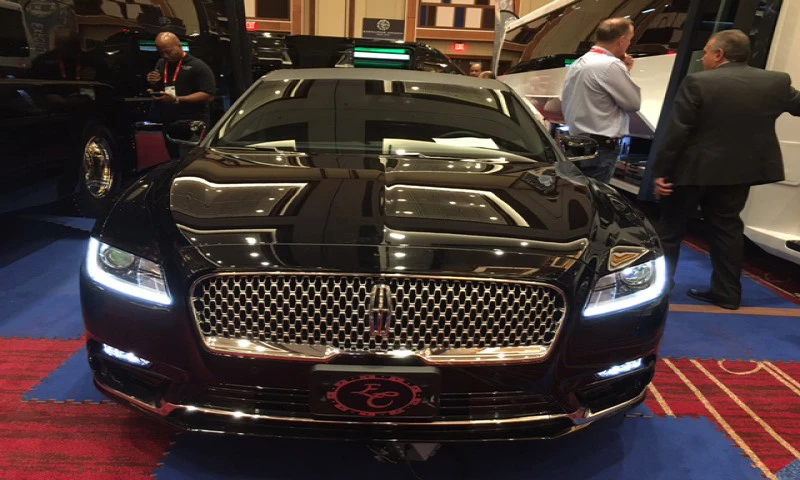Reducing Traffic Congestion in NYC

Before I dive in to the congestion issue, I first have an update on expired licenses. In a June hearing, the Taxi & Limousine Commission Board of Commissioners heard testimony regarding a set of rule changes aimed at easing the burden felt by many drivers at license renewal and vehicle retirement time. One of the changes, which applies to FHV, paratransit, and commuter van drivers, allows them to renew an expired license up to six months post-expiration, and (for vehicle owners) expired vehicle licenses up to 60 days post expiration. Also, the $25 late fee associated with filing license applications just prior to the expiration date is now only to be applied to applications submitted after the license expiration date. The board voted and it passed unanimously.
In a separate event, the New York City Council’s Committee on Transportation held an oversight hearing on the congested state of New York City roadways, which has dramatically increased in recent years and has had a negative impact on our industry. We heard testimony from various entities that presented probable causes and possible solutions.First to testify was NYC DOT Commissioner Polly Trottenberg, joined by DOT Acting Deputy Commissioner for Transportation Planning and Management Eric Beaton. As an introduction, Commissioner Trottenberg presented statistical figures outlining NYC’s massive growth, which is now estimated at 8.5 million and up 360,000 from 2010. Since the prerecession peak, job numbers are at 4.3 million (up a half-million) and tourism has increased by 68 percent since 2000 as nearly 61 million people flocked to NYC in 2016.
Commissioner Trottenberg also commented on its impact on how people get around the city. Regarding the growth of app companies, their active fleets have grown from around 20,000 vehicles as recently as June 2015 to almost 55,000 vehicles in March 2017. In the same timeframe, the daily trip volume has quadrupled to 400,000 trips.
The DOT says that NYC’s overall transportation system is nearing its full capacity, and changes to the way we manage and enforce NYC streets are needed to accommodate the current and future system demands. This June, data collection began on app companies, which will provide the city with information such as pickup and drop-off locations and trip duration.
Commissioner Trottenberg said that the data “will enable the city to better understand where and when FHVs are operating and how they may be impacting traffic flow. This improved data stream will be used to inform future policy responses.”
Solutions have been floated in conjunction with various cooperating agencies (NYPD, etc.), such as restricting truck delivery times to overnight hours or limiting them to one side of the street on crosstown arteries. Commissioner Trottenberg has also called for additional investment in NYC’s infrastructure, although she expressed her doubts that NYC, or even the region, would see the “level and pace” of investment needed to even make a dent in congestion.
The hearing also included a familiar name: Bruce Schaller, principal of Schaller Consulting and former DOT Deputy Commissioner for Traffic and Planning, who conducted that $2 million, four-month traffic study to examine Uber’s effect on city traffic. Ultimately, the study deduced that while there was, indeed, massive Uber growth, the city’s declining traffic speeds were not caused by such growth. Schaller claims that the only way to curb the traffic nightmare is to create less traffic, and congestion pricing is one method he feels would accomplish that. Congestion pricing is an idea that’s been around for years in various forms, such as charging to enter Manhattan on all of its bridges (including Manhattan and Brooklyn bridges) or entering certain districts during notoriusly crowded weekday hours. Previous Mayor Michael Bloomberg championed the idea, but current Mayor Bill de Blasio has been lukewarm to it.
Schaller also addressed TNCs within the FHV sector: He offered that, as a result of such an increase, 600 million more miles have been driven in NYC since 2013, which is a 20-percent increase in mileage counts for the city’s entire for-hire industry, including yellow taxis in Manhattan’s busiest central business district, Midtown.
While many within our industry see this explosive app-based FHV increase as a negative due to the thinning out of fares, Schaller feels that such proliferation is “an opportunity.” Bewilderment aside, Schaller defended his statement by saying that the goal of less congestion can be achieved by reducing the amount of time FHVs cruise without carrying passengers or spend double-parked. He says it would be a win-win in the sense that drivers would conduct more rides per shift, therefore adding to their earnings, and there would be fewer collisions and cleaner air as a result of the decreased movement/idling. Schaller suggested that steps should be taken to identify unnecessary driving, as well as reduce the lag time between passenger pickups and drop-offs, which he feels can be accomplished via the utilization of optimized, more efficient fleet dispatch and management systems, in conjunction with “targeted” congestion pricing.
This is obviously an evolving issue that we will continue to monitor closely, and will be sure to report back any developments. You can keep track of this issue as it unfolds in New York City via social media, since any potential solutions developed here often provide guidance in other markets facing similar situations.



